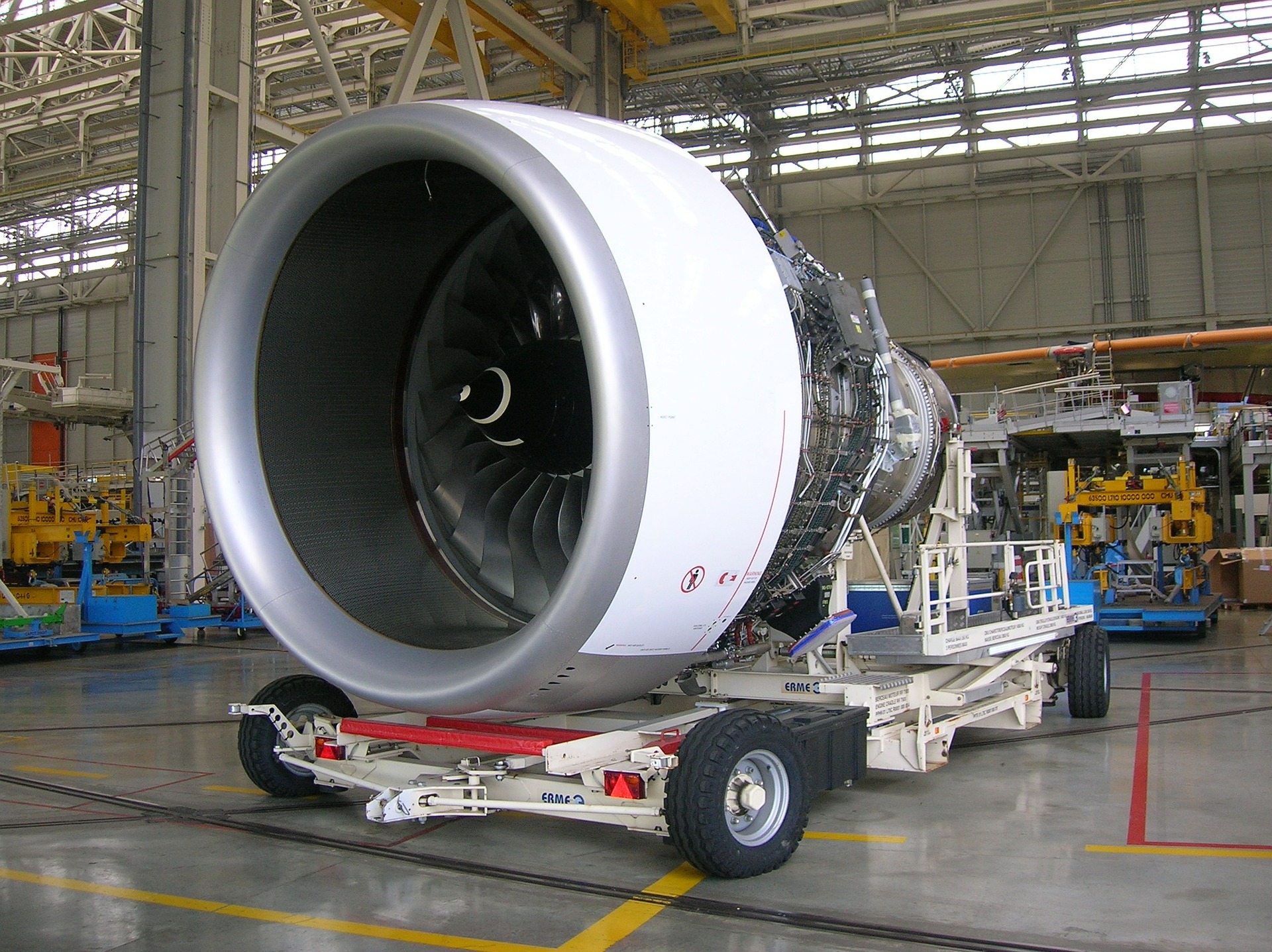The Rolls-Royce turbine engine is being tested with hydrogen
Rolls-Royce presented its AE 2100 test engine at an easyJet conference on the airline’s roadmap to net zero aviation in September. Rolls-Royce and easyJet have begun testing the AE 2100 on hydrogen, according to the BBC.
In conjunction with easyJet, Rolls-Royce has entered into a multi-million-pound hydrogen engine and carbon removal partnership. EasyJet is also backing the Airbus ZEROe program, which aims to have the first zero-emission commercial aircraft in service by 2023 using hydrogen technology. Hydrogen technology is the most promising technology for zero-emission aviation.
There is a strong team at work
EasyJet and Rolls-Royce are working together to test two Rolls-Royce engines on Bombardier Global Express 5500 and 6500 business aircraft: the AE 2100 turboprop and the Pearl 15. As a first step, we hope to demonstrate that hydrogen fuel can be used to run a jet engine.
According to the BBC report today, a hydrogen-powered jet engine can start and run at low speeds after being tested. Accordingly, the initial ground test has been successful, which is not surprising given Rolls-Royce’s resources and know-how. As Alan Newby, Rolls-Royce director of aerospace technology, explained,
Normally, we would run this thing on kerosene. Kerosene is a hydrocarbon, which produces carbon dioxide when burned. Hydrogen contains no carbon, so it does not produce carbon dioxide when it burns.”
Its partner, easyJet, also believes hydrogen is the best way to achieve net-zero aviation. EasyJet began researching battery technology before coming to this conclusion:
Having looked at battery technology, we came to the conclusion that it was probably not going to work on the large commercial aircraft that we fly. Hydrogen is a much more exciting proposition for us.”
Hydrogen faces a long road ahead
Although sustainable aviation fuel (SAF) is already powering flights, its widespread adoption is hindered by an insufficient supply of fuel and infrastructure. Since aircraft and engines can operate using SAF, the shift to its use will mainly take place outside the airline industry. For hydrogen-powered commercial aviation to be successful, not much of today’s aviation ecosystem will have to be reinvented.
To turn hydrogen into a liquid, it needs to be cooled to -253C and then turned back into a gas to power the engine. In addition, liquid hydrogen occupies four times as much space as kerosine, so new fuel tanks and systems will be needed. According to Newby, it will require “a significant change for the aircraft.”
Hydrogen will be in a tank that needs to be kept at a very cold temperature. There’s also the issue of how to feed it to the engine.”
Green is the color of the day
In some cases, hydrogen can be considered a green alternative. The hydrogen used in the Rolls-Royce AE 2100, however, is a true green fuel. The hydrogen is created at the European Marine Energy Centre in the Orkney Islands of Scotland. Electricity needed to create the hydrogen fuel is generated through power created by wave and wind turbines, making it a credible green fuel.
















 vince salvador
vince salvador February 16th, 2023
February 16th, 2023 0 Comments
0 Comments



Leave a reply